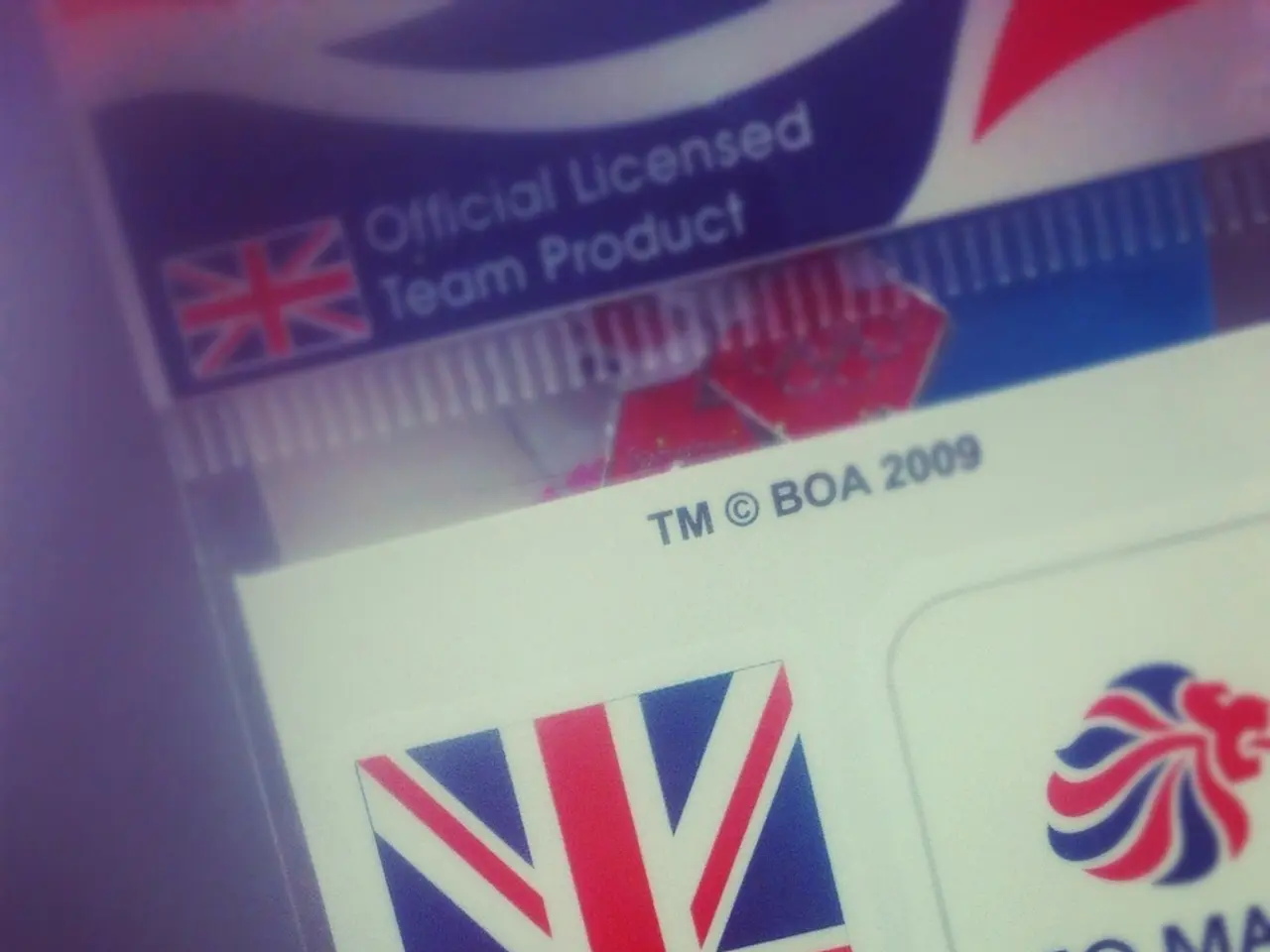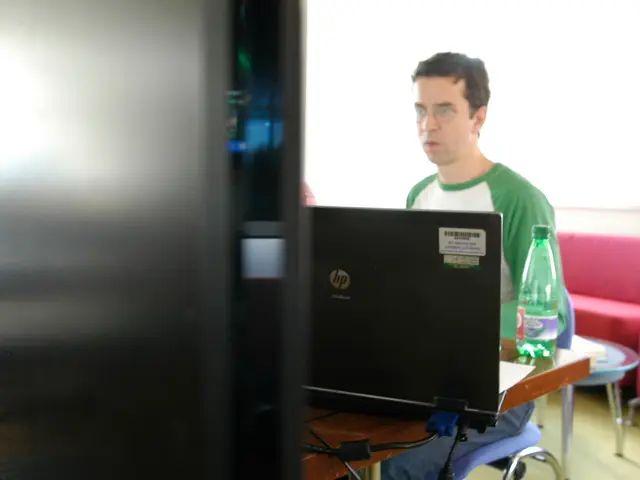Changes to USPTO Fee Structure in 2025: Essential Information for Inventors and Businesses
In a significant shift, the United States Patent and Trademark Office (USPTO) has introduced a new fee schedule, affecting the cost of patent filings and maintenance. Here's what businesses and innovators need to know.
## Implications for Patent Filings
The new fee schedule may bring changes in filing fees, which could impact the upfront costs of patent applications. It's essential to refer to the latest USPTO fee schedule for precise figures, as these can change periodically.
Applications with more than 20 claims or 100 pages will incur additional fees, which can add up significantly. Small and micro entities can benefit from reduced fees, providing cost relief for smaller businesses and individuals.
## Implications for Budgeting
Companies should adjust their budgeting to account for potential increases in fees, especially for complex or large applications. This includes setting aside funds for possible office actions and issue fees.
Patents require maintenance fees at intervals of 3.5, 7.5, and 11.5 years after issuance. These fees can be substantial, so planning ahead is crucial to ensure patent validity throughout its lifespan.
## Strategic Management Practices
To manage costs, ensure that you are correctly classified as a small or micro entity to maximise fee reductions. Minimise the number of claims and pages in your application to reduce additional fees. Contingency planning can help prepare for potential office actions by budgeting for responses, which can be costly.
## Practical Strategies
- Limit the claim count in patent applications. - Focus the Information Disclosure Statement (IDS) on what matters most. - Try to reduce the number of examination rounds.
The TIP ToolTM provides a detailed breakdown of the accurate estimated lifetime costs of all your patents, helping you make informed decisions about your patent portfolio.
## The Role of TIP ToolTM
The TIP ToolTM offers features like the Art Unit Predictor and Examiner Analysis, helping steer your strategy for maximum chances of success. It also helps in reassessing the value of patents before paying maintenance fees, especially for patents no longer tied to key products, technologies, or licensing deals.
## Changes in Maintenance Fees and Other Costs
Maintenance fees have seen a slight increase, with renewal fees payable at 3.5, 7.5, and 11.5 years seeing a 7-8% hike. Utility patent search and examination fees have risen, with the search fee increasing from $700 to $770, the examination fee moving from $800 to $880, and the issue fee going up from $1,200 to $1,290.
Design patent application costs have risen by around 48%, with the basic filing fee increasing from $220 to $300, the search fee doubling from $160 to $300, and the examination fee moving from $640 to $700.
Patent Term Extension (PTE) costs have gone up, with the application fee for a PTE more than doubling, from $1,180 to $2,500. The non-DOCX surcharge has increased from $400 to $430, and Extension of time fees for Office actions have also increased.
Request for Continued Examination (RCE) costs have increased, with the first request now costing $1,500 (up from $1,360) and a second or later RCE costing $2,860 (a 43% increase).
Late Maintenance Petitions have been restructured, with reviving a lapsed patent due to non-payment of maintenance fees now costing $2,260 if the delay is two years or less and $3,000 if it's longer. The expedited design examination fee was removed in April 2025, suspending the "rocket docket" program for expedited design patent examination.
Excess claim fees have become steeper, with the per-claim surcharge doubling from $100 to $200 for total claims and from $480 to $600 for each extra independent claim. New continuation surcharges have been introduced, with a $2,700 surcharge for filing a continuation or divisional application 6 years or more after the earliest priority date, and a $4,000 surcharge if filed after 9 years.
The Triangle IP's Patent Family Tree Generator helps visualize patent family trees and when to file continuations, while the Portfolio Manager Graph in the TIP ToolTM allows viewing the number of argument rounds for your current patents.
By understanding these implications and implementing strategic management practices, businesses can better navigate the costs associated with patent filings and maintenance under the new USPTO fee schedule.
- The updated USPTO fee schedule may cause an increase in the cost of patent filings and maintenance for businesses and innovators.
- It's important to consult the latest USPTO fee schedule for precise figures, as these can change periodically.
- Applications with more than 20 claims or 100 pages will incur additional fees, which can significantly add to the overall cost.
- Small and micro entities can benefit from reduced fees, offering cost relief for smaller businesses and individuals.
- Companies should adapt their budgets to account for potential increases in fees, particularly for complex or large applications.
- Management should plan for office actions and issue fees to ensure patent validity throughout its lifespan.
- To manage costs, focus on correctly classifying as a small or micro entity to maximize fee reductions, and minimize the number of claims and pages in applications to reduce additional fees.
- Contingency planning can help prepare for potential office actions by budgeting for responses, which can be costly.
- The TIP ToolTM provides a detailed breakdown of the lifetime costs of all your patents, helping you make informed decisions about your patent portfolio.
- The TIP ToolTM offers features like the Art Unit Predictor, Examiner Analysis, and helps in assessing the value of patents before paying maintenance fees.
- Maintenance fees, utility patent search and examination fees, and Patent Term Extension (PTE) costs have risen, making it essential for businesses to understand these changes and adjust their strategies accordingly.




